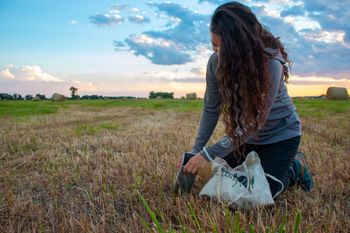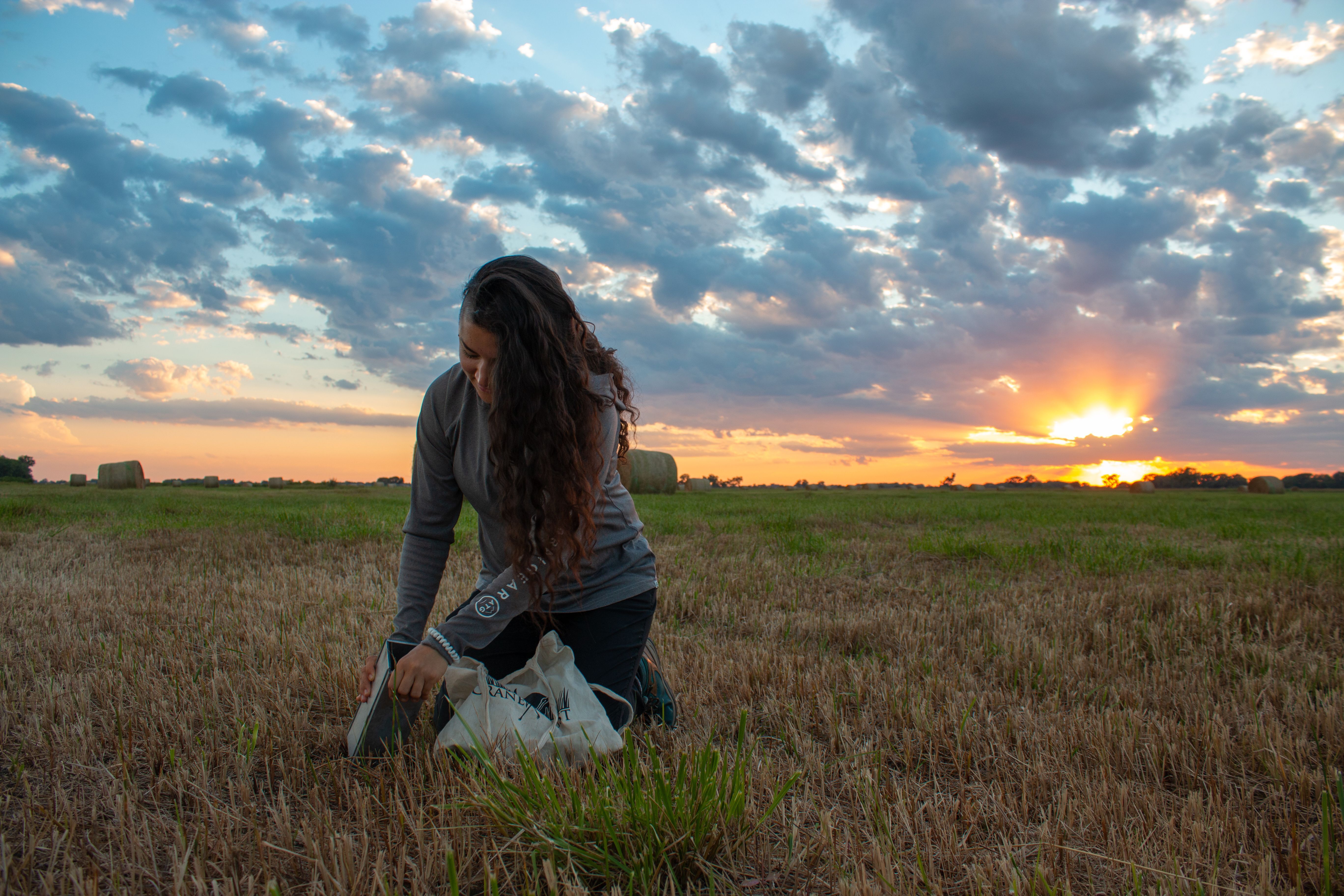
Bison aren’t the only mammals roaming the prairie here at the Crane Trust! Critters much smaller scurry underground and amongst shrubs, grass, and wet meadow habitats. Small mammals are also great indicators of ecosystem health!
For the past seven years, crews at the Crane Trust have been monitoring small mammals, setting out Sherman Box Traps on monitoring plots for a low-impact way to keep track of mammal diversity and abundance. Small mammal data collection helps shed light on how different land management tactics like mowing, grazing, and fire impact their populations. Monitoring happens along the same transects that we monitor vegetation and other wildlife, and it’s important to have an understanding of the connections and balances of many species on the prairie.
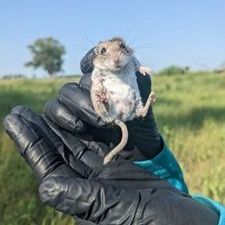
Prairie deer mouse (Peromyscus maniculatus bairdii)

Meadow vole (Microtus pennsylvanicus)
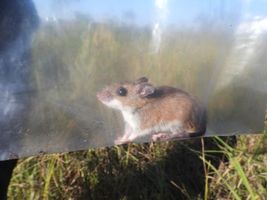
White-footed mouse (Peromyscus leucopus)
Mammal traps are set and baited with a native birdseed mix and laid out overnight. Mealworms are also used as bait for the insectivores out there! The next morning, we check all Sherman traps and see how many have captured a small mammal! Then, we get to take down data. From a Ziploc back, we measure the length of each mammal’s head and body, hind foot, ear, and tail, as well as noting reproductive status.

A really cool mammal we find is the short-tailed shrew (Blarina brevicauda)! Shrews are extremely voracious eaters with a high metabolism, so the mealworm bait helps make sure they stay well-fed. Did you know that shrews also use venom for insect prey and even other small mammals?

Short-tailed shrew (Blarina brevicauda)
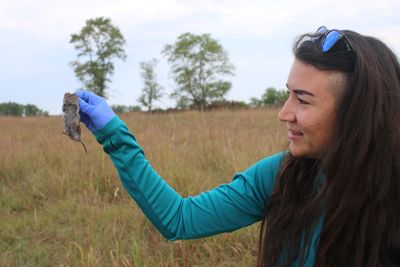
Other mammals we come across are plains harvest mice (Reithrodontomys montanus), meadow voles (Microtus pennsylvanicus), deer mice (Peromyscus maniculatus), and masked shrews (Sorex cinereus) - amongst others!
Long-term data for mammals, vegetation, and other wildlife is critical for understanding a changing landscape. It's been really cool experiencing the monitoring process and seeing the diversity of small mammals on the prairie!
